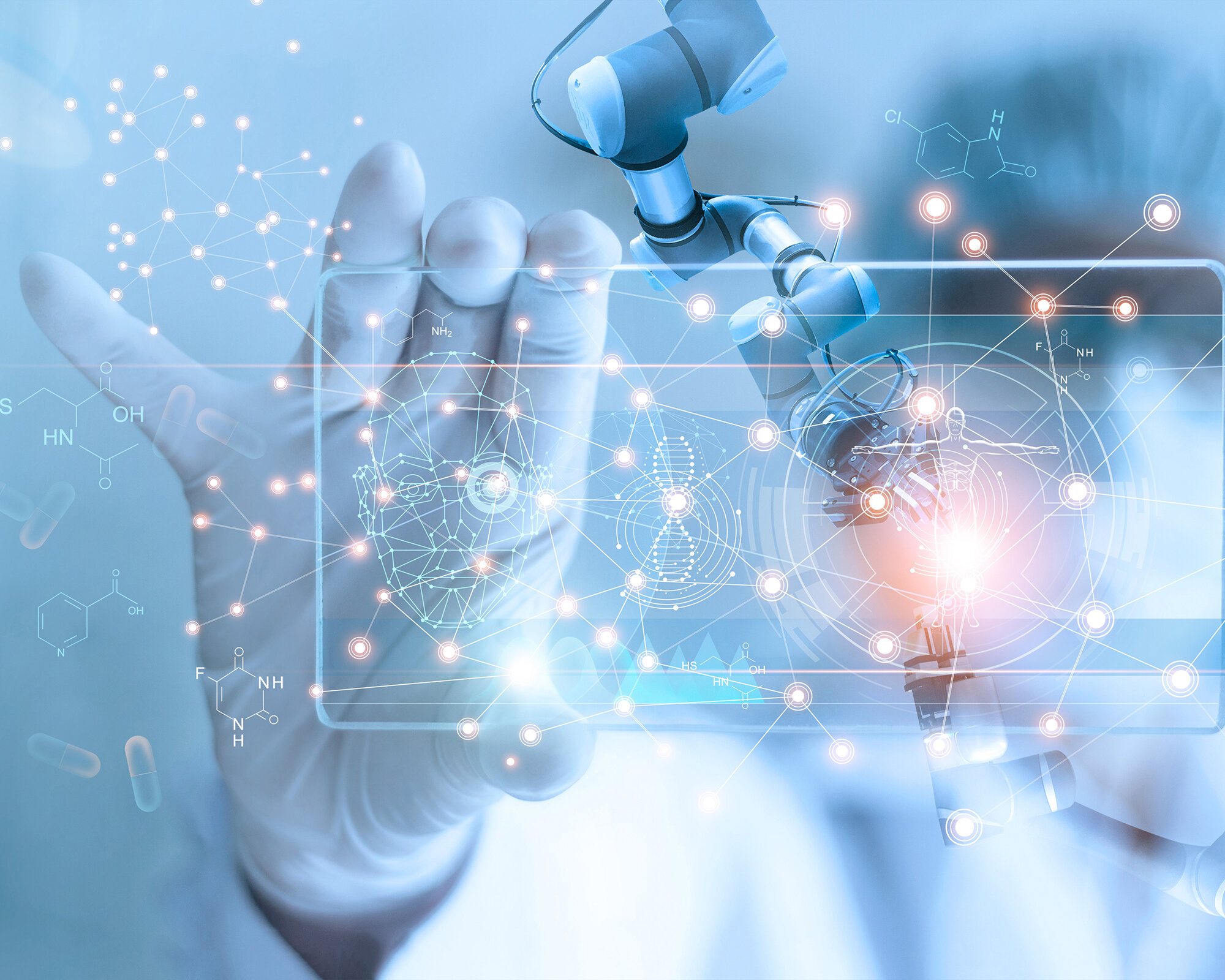AI-powered app uses photos to determine nutritional content of meals

Poor diet is one of the leading causes of chronic disease and premature death in the United.States and Canada. Almost as concerning is the limited number of tools both patients and providers have to combat this endemic.
For healthcare providers, it is time consuming and often challenging to accurately obtain a dietary history. In fact, many dietitians take 20-30 minutes, and some spend up to 90 minutes, trying to document a dietary assessment.
Yet, obtaining and documenting dietary history can improve outcomes and help deliver better medical nutrition therapy (MNT), which is recommended by most major chronic disease guidelines.
For patients, it is frustrating to track their diets, and many find it overwhelming to understand what matters most for their health. However, with the use of artificial intelligence, some of these limitations can be overcome. Inner Analytics Inc. uses artificial intelligence (AI) to provide new insights into what patients are eating.
Inner Analytics has combined machine vision with contextual data to decipher relevant nutritional information from photographs. For patients, snapping a picture is far more enjoyable than searching through a database or recording paper logs. Real-time feedback can also be provided to the patient.
Inner Analytics launched its initial product in 2015 through a collaboration with the Hospital for Sick Children, in Toronto, to help children and adolescents with Type 1 diabetes manage their disease.
This collaboration involved a multi-phase clinical research study to test the efficacy of Inner Analytics technology, which culminated in funding for a randomized control trial from the Physicians Services Incorporated Foundation, a physiciansponsored granting agency whose mission is to improve the health of Ontarians.
The objective of the randomized control. trial is to see if the mobile application for carbohydrate estimation results in patients feeling more freedom to eat foods they want and enhanced ability to carbohydrate count. The team’s initial progress was presented at the 2018 Paediatric Academic Societies Meeting; the full trial is still in progress with results expected early in 2020.
Realizing that other patients can benefit from the technology led to broader expansion. For example, the tool is being prepared to track sodium for those with hypertension and overall intake for those with obesity. A broader platform for cardiometabolic disease prevention is also being rolled out with one clinic at the end of 2019.
Indeed, although such tools have great promise, machine vision and artificial intelligence have their limitations. Machine vision can only recognize what is in the image. Hidden items – such as barbeque sauce under a bun or the coconut oil used to fry fish – cannot be detected.
Secondly, sizing foods automatically requires complex algorithms that currently have moderate accuracy. Therefore, patients may still need to intervene to improve accuracy (for now). Beyond artificial intelligence, patient behaviour – in terms of continuing to track and learn from their tracking – is necessary to achieve true benefits. How to best motivate patients is an area of active investigation by multiple researchers.
Finally, tracking food alone is not likely. to ameliorate the epidemic of poor diet. The entire food supply chain needs to work together. Yet, the AI platform offers.an important breakthrough in the battle. Although machine vision and artificial intelligence are not able to perfectly and accurately identify all nutrients from a picture, they may offer a major improvement over how things are currently done.
They also offer new ways to store and analyze a dietary history and new opportunities for patients and providers to work closer together to try to achieve better health outcomes. For instance, virtual models of care involving secure video or messaging can be added to the data generated from the
AI platform to provide more frequent and personalized touchpoints. Elizabeth Choi and Jeff Alfonsi, MD are co-founders of Inner Analytics Inc.
